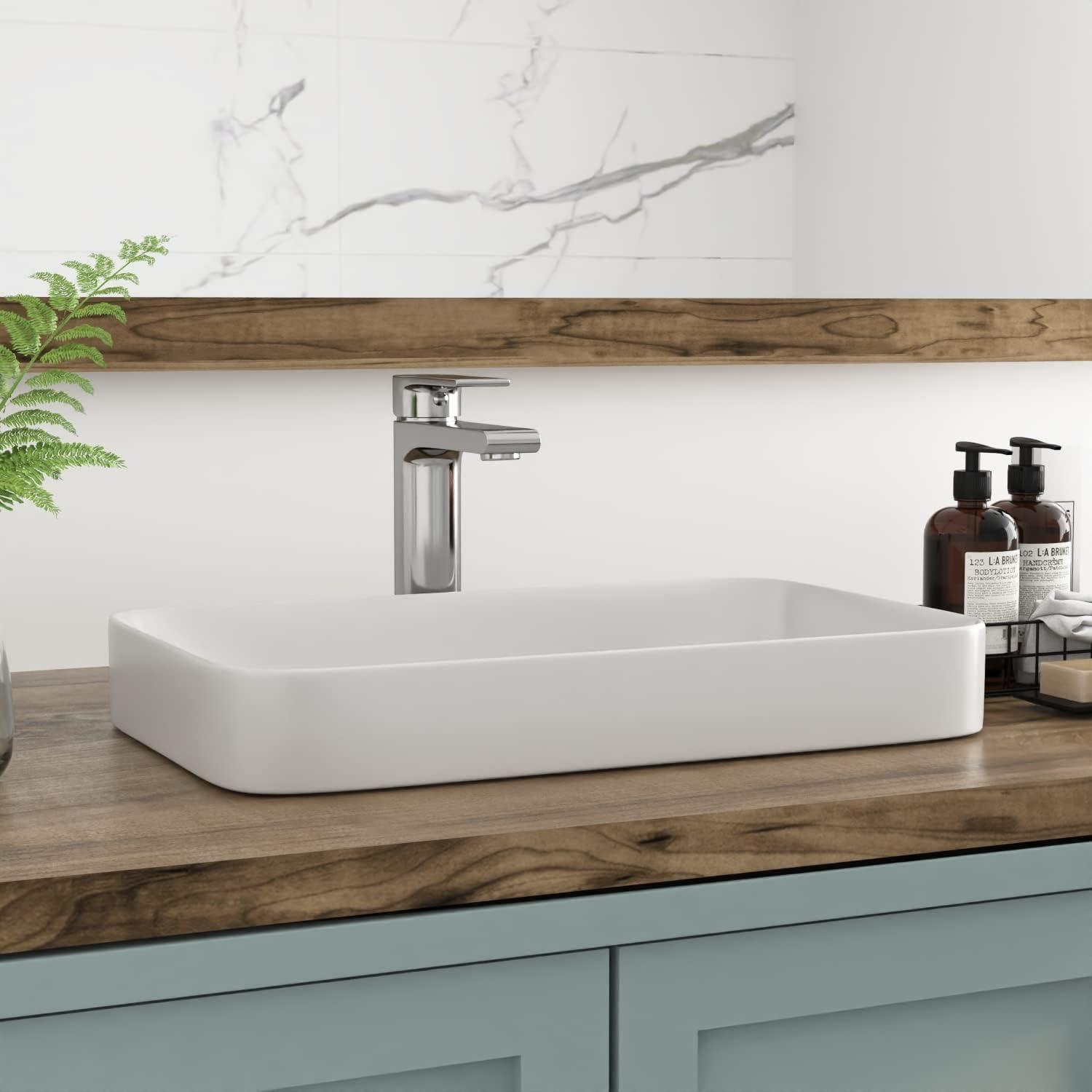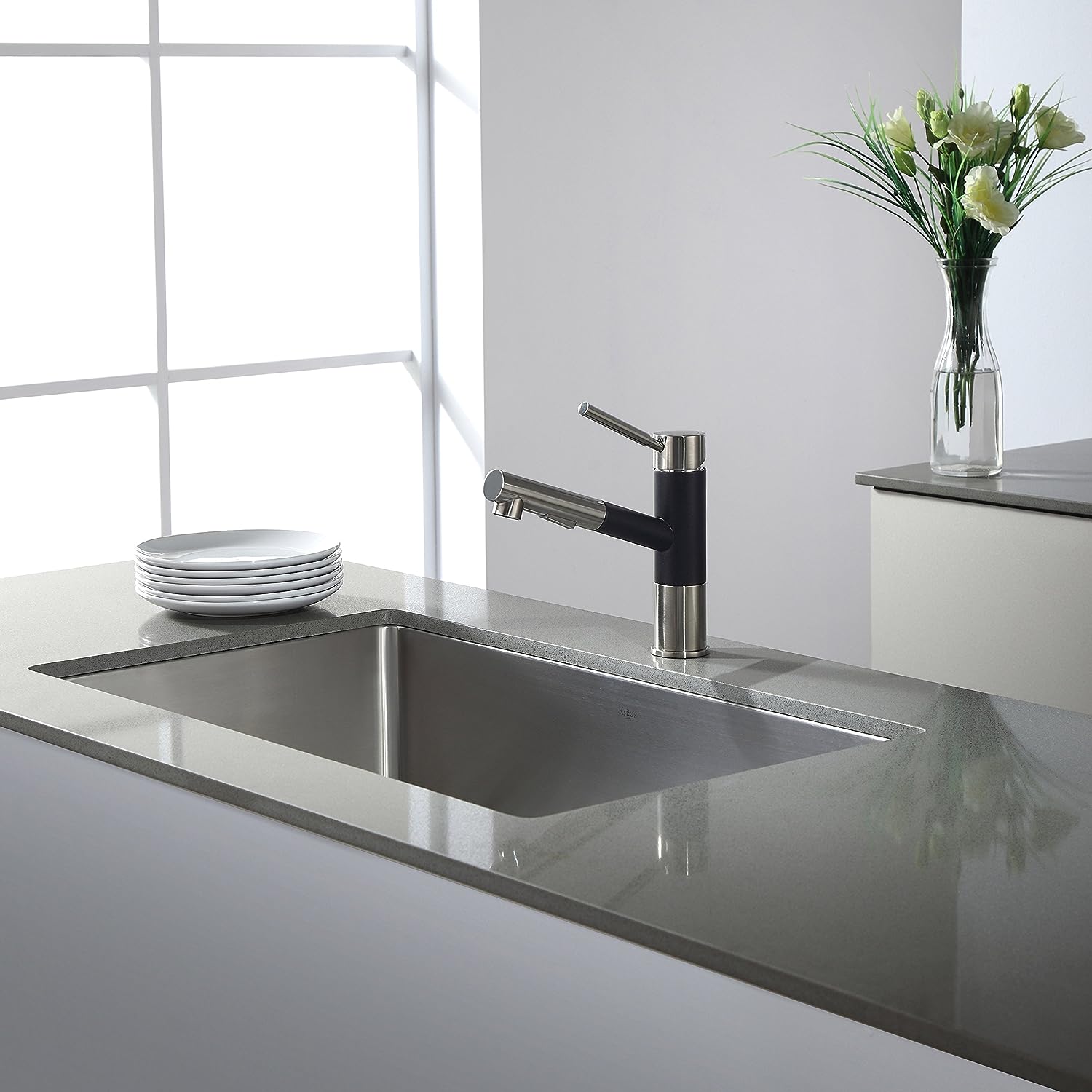Whether you have a green thumb and love gardening, or you simply enjoy spending time in your backyard, having an outdoor sink can truly make your life a lot easier. From washing dirty hands and tools to cleaning fresh veggies, an outdoor sink offers endless benefits for anyone who loves spending time outside. In this blog post, we’ll cover everything you need to know about outdoor sinks, including the different types of outdoor sinks available, the materials they are made of, and how to choose the best one for your needs.
Types of Outdoor Sinks
There are several types of outdoor sinks available, and the one that’s right for you will depend largely on your unique needs. For example, if you’re looking for a sink specifically for gardening, a potting bench sink may be the best option. These sinks feature built-in shelves and storage areas for your gardening tools, as well as a sink for washing your hands and tools. If you’re looking for a more general-purpose sink, a freestanding sink with a hose attachment may be the right choice. These sinks are typically less expensive and offer more flexibility in terms of placement and style.
Materials Used for Outdoor Sinks
Outdoor sinks can be made from a variety of materials including stainless steel, stone, plastic, and ceramic. Stainless steel is a popular choice for outdoor sinks because it’s durable and easy to clean. Stone sinks are another option, and they offer a more natural aesthetic, but they can be more difficult to clean. Plastic and ceramic sinks are also available, and they tend to be less expensive, but they may not be as durable as stainless steel or stone.
Choosing the Best Outdoor Sink for Your Needs
When choosing an outdoor sink, it’s important to consider factors like size, style, and functionality. For example, if you have a small outdoor space or are looking for a sink specifically for gardening, a potting bench sink may be the best option. On the other hand, if you’re looking for a more general-purpose sink for outdoor entertaining, a freestanding sink with a hose attachment may be a better fit. Consider your budget as well, as outdoor sinks can vary greatly in price.
Maintaining Your Outdoor Sink
Once you’ve chosen the perfect outdoor sink for your needs, it’s important to take proper care of it to ensure it lasts as long as possible. Regular cleaning is key, as well as covering your sink during harsh weather conditions to protect it from the elements. Depending on the material your sink is made from, there may be specific care instructions you should follow to avoid damage or discoloration.

FAQs About Outdoor Sink
What kind of sink is best for outside?
The best kind of sink for an outdoor space is one that is made from a durable material that can withstand the elements. Stainless steel or cast iron are both excellent choices as they are rust-resistant and can handle extreme temperatures. Additionally, it's important to make sure the sink is securely attached to the countertop and that it has a drain that is properly sealed to ensure no water seepage.
Are outdoor sinks a good idea?
Yes, outdoor sinks are a great idea for many reasons. They can be used to wash dishes, rinse off vegetables, and even clean up after outdoor activities. Outdoor sinks are also great for washing hands before and after meals, and they can help keep your kitchen clean and free of germs. Additionally, outdoor sinks are often more accessible than indoor sinks, making them a great option for people with limited mobility.
Can any sink be used outside?
No, not all sinks can be used outside. Before using a sink outside, you should check to make sure it is made of a material that can withstand outdoor elements such as rain, snow, and extreme temperatures. Additionally, the sink should be sealed properly to prevent water from seeping in and causing damage. Some outdoor sinks are made of materials such as stainless steel or composite granite, which are designed to withstand the elements.
Do I need a special sink for the outdoor kitchen?
Yes, you will need a special sink for your outdoor kitchen. Outdoor kitchen sinks should be made of durable materials such as stainless steel or cast iron and should be designed to resist corrosion from exposure to the elements. Additionally, outdoor kitchen sinks should be able to withstand temperatures up to 140 degrees Fahrenheit, as well as have a drain that can accommodate a garden hose. Finally, it is recommended that the sink be at least 12 inches deep to accommodate larger items.
Can you have an outdoor sink without plumbing?
Yes, you can have an outdoor sink without plumbing. Outdoor sinks are typically equipped with a water tank, a water pump, and a hose connection. The water tank can be filled with water from an outdoor source, such as a garden hose, a rain barrel, or a spigot. The pump then pushes the water through the hose to the sink. This allows you to have an outdoor sink without having to install any plumbing.
Where do outdoor sinks drain to?
Outdoor sinks typically drain to a dry well or a leach field. A dry well is a hole filled with gravel and/or sand that allows water to percolate into the ground. A leach field is a system of underground pipes that allow water to slowly seep into the soil. Both systems are designed to help filter out pollutants before they enter groundwater or other water sources.
An outdoor sink can be a game-changer for anyone who enjoys spending time outside, whether you’re an avid gardener or simply love hosting outdoor gatherings. With so many different types and styles of outdoor sinks available, there’s one out there to fit every need and budget. By considering factors like material, size, and functionality, and taking proper care of your sink, you can enjoy its many benefits for years to come.












